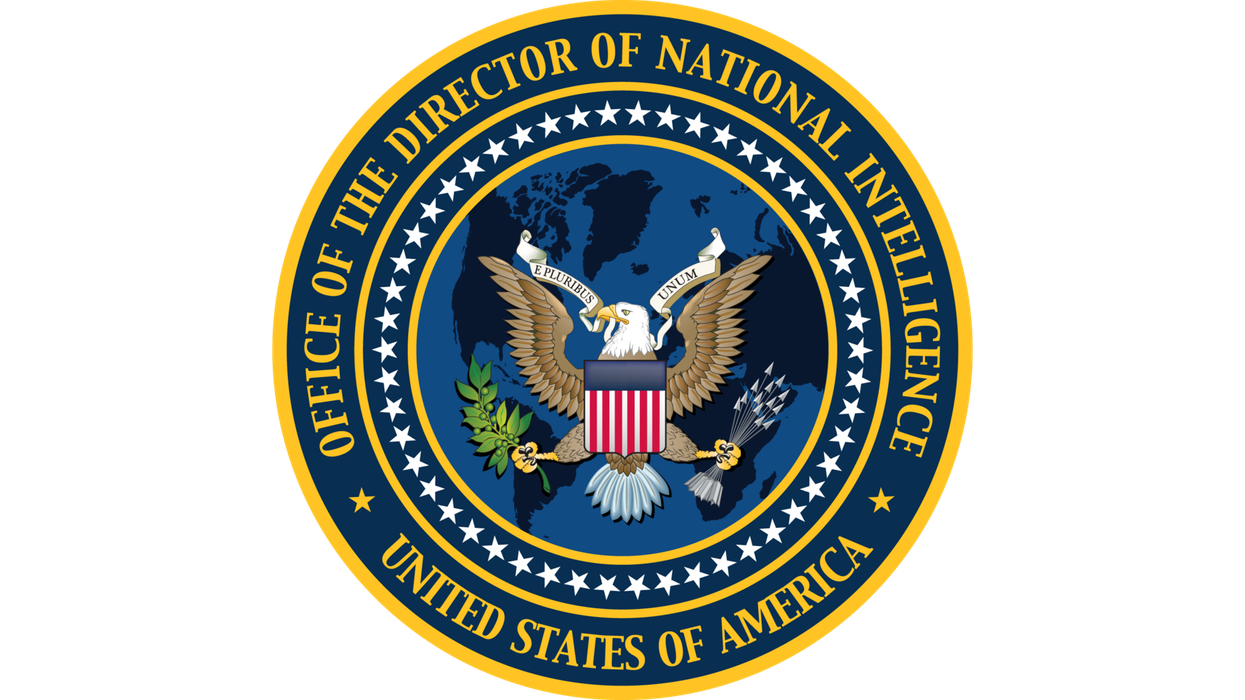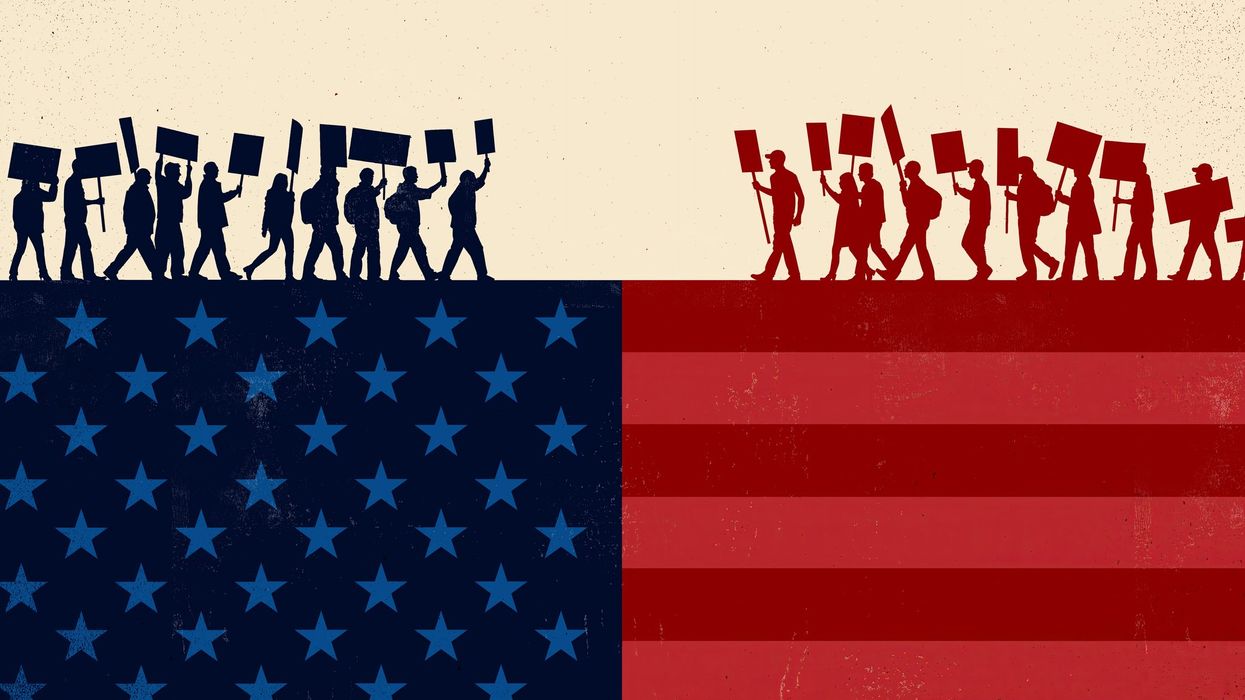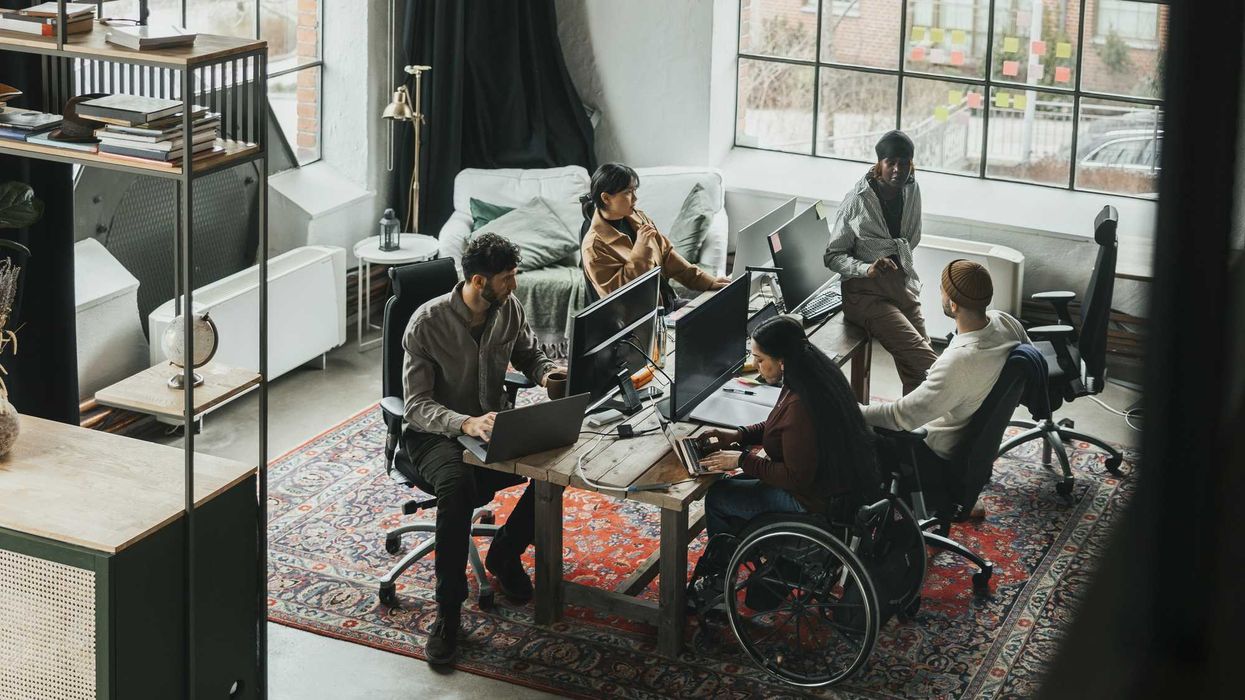Schmidt is a syndicated columnist and editorial board member with the St. Louis Post-Dispatch.
This is part of a series offering a nonpartisan counter to Project 2025, a conservative guideline to reforming government and policymaking during the first 180 days of a second Trump administration. The Fulcrum's cross partisan analysis of Project 2025 relies on unbiased critical thinking, reexamines outdated assumptions, and uses reason, scientific evidence, and data in analyzing and critiquing Project 2025.
The Heritage Foundation’s Project 2025 chapter on the intelligence community has almost nothing to do with its advertised subject matter and focuses almost exclusively on the past and possible future conservative president. It looks backwards at the so called wrongs done to Donald Trump while not looking forward to protecting America from future threats.
The 32-page chapter, part of a larger blueprint for a second Trump administration, reads like a retribution manifesto for Trump and his perceived grievances with the U.S. intelligence community. As with related chapters focused on national security, Project 2025’s recommendations for the intelligence community would protect one man and make the rest of America and the world much less safe.
The national security apparatus’s mission should be focused on keeping Americans protected. The details of how to best do that can and should be debated, but changing the centerpiece from security to presidential power should give all Americans pause.
Starting at the top, Project 2025 recommends that Trump’s director of national intelligence fall directly under the president. “A conservative President must decide how to empower an individual to oversee and manage the Intelligence Community effectively,” the report states. “To be successful, the DNI and ODNI (Office of the Director of National Intelligence) must be able to lead the IC and implement the President’s intelligence priorities.”
The language in that paragraph is centered around the chief executive, which is not where loyalty should lie. The IC needs to act independently and maintain the wall of separation between the agencies and the presidency.
Project 2025 recommends the next conservative president appoint whomever he chooses as DNI with “agreement between the incoming DNI and President with advice and counsel from the Presidential Personnel Office on selecting positions overseen by the DNI.”
It also recommends the enhancement of the DNI’s role in overseeing execution of the National Intelligence Program budget under the President’s authority, with “under the President’s authority” being the operative words.
Under this plan, Trump would choose a deputy director who, “without needing Senate confirmation, can immediately begin to implement the President’s agenda.” This would include halting all current hiring to prevent the “burrowing in” of outgoing political personnel.
The Heritage Foundation, though Project 2025, has already been accepting resumes for inclusion in the Presidential Personnel Database. Candidates would be cleared under a Trump loyalty test before even being considered for positions in a presidential administration.
The report calls out three individuals by name; former CIA Director John Brennan, former DNI James Clapper, and Attorney General Merrick Garland, in the section titled “Preventing the Abuse of Intelligence for Partisan Purposes.”
“The IC must restore confidence in its political neutrality to rectify the damage done by the actions of former IC leaders and personnel regarding the claims of Trump-Russia collusion following the 2016 election and the suppression of the Hunter Biden laptop investigation and media revelations of its existence during the 2020 election,” according to the report.
It accuses Brennan, who served under President Barack Obama, of having “gravely damaged the CIA by minimizing the Directorate of Operations and exploiting intelligence analysis as a political weapon after he left office.” Project 2025 cites Brennan's role in the letter signed by 51 former intelligence officials before the 2020 election “dismissing the Hunter Biden laptop as ‘Russian disinformation,’” claiming it discredited the CIA and revealing “the shocking extent of politicization among some former IC officials.”
Clapper also comes under scrutiny for his answering questions about government surveillance programs before Congress.
Project 2025 recommends that the Department of Justice “should use all of the tools at its disposal to investigate leaks and should rescind damaging guidance by Attorney General Merrick Garland that limits investigators’ ability to identify records of unauthorized disclosures of classified information to the media.”
There are several paragraphs giving the DNI the authority to drive necessary changes throughout the IC “to deal with the nation’s most compelling threats, including those emanating from China” but there is no mention of Russia, Iran or domestic terrorism.
There are sections with recommendations on changes to the Foreign Intelligence Surveillance Act due to concerns about “the politicization of intelligence collection authority in recent years” as well as complaints on “overclassification,” with attempts to restrict classifying material.
This reads like an unveiled nod against the 40 felony counts brought against Trump, his personal aide and valet Walt Nauta and Mar-a-Lago maintenance chief Carlos De Oliveira, for alleged mishandling of classified documents after Trump’s presidency.
Project 2025’s chapter on the IC is all about giving the next conservative president more control over our intelligence communities as well as seeking revenge on those who aggrieved the former president. Instead of offering reassurances of safety and security, I for one came away feeling much more afraid.
More articles about Project 2025
- A cross-partisan approach
- An Introduction
- Rumors of Project 2025’s Demise are Greatly Exaggerated
- Department of Education
- Managing the bureaucracy
- Department of Defense
- Department of Energy
- The Environmental Protection Agency
- Education Savings Accounts
- Department of Veterans Affairs
- The Department of Homeland Security
- U.S. Agency for International Development
- Affirmative action
- A federal Parents' Bill of Rights
- Department of Labor
- Intelligence community
- Department of State
- Department of the Interior
- Federal Communications Commission
- A perspective from Europe
- Department of Health and Human Services
- Voting Rights Act
- Another look at the Federal Communications Commission



















